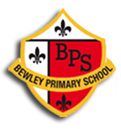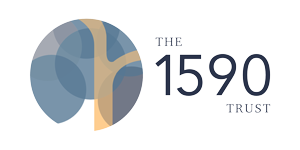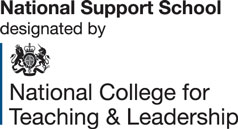Art and Design
Curriculum Vision
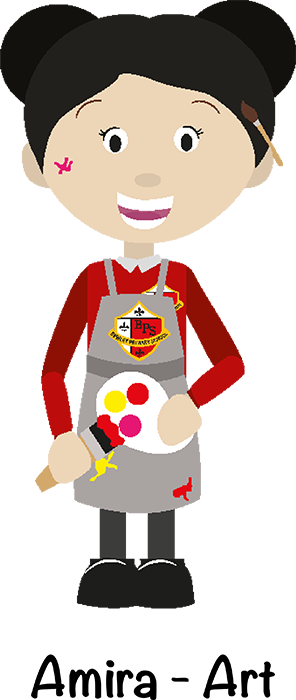
Our Art and Design vision for Bewley Primary School is that all children feel Bright, Proud and Successful. We want our children to shine brightly, be ambitious in their efforts and have high aspirations like the artists and designers they learn about.
We want children to be proud of their personal achievements and the achievements of their friends around them. We also want our children to be successful having developed a range of skills and techniques which they feel confident to apply to their art and design work.
At Bewley Primary School we strive for success, not just in the strokes of a brush but in the joy of self-expression and the sense of achievement that comes with every masterpiece.
Our vision is to inspire a love for art that shines brightly in our students, making them proud contributors to a colourful and successful future.
Intent
At Bewley we ensure high standards are achieved through the creative aspects of the curriculum. We believe that the teaching of Art and Design is important because it stimulates creativity, imagination and inventiveness. The purpose of Art education is to give our pupils the skills, concepts and knowledge necessary for them to express responses to ideas and experiences in a visual or tactile form. It fires their imagination and is a fundamental means of personal expression.
“Art is not just a subject to learn, but an activity that you can practise with your hands, your eyes, your whole personality.” Quentin Blake, Children’s Laureate
Art and design provides visual, tactile and sensory experiences and a special way of understanding and responding to the world. Enabling children to communicate what they see, feel and think through the use of colour, texture, form, pattern – using different materials and processes, the art and design experiences at Bewley Primary have a positive impact on other areas of the curriculum. Children become involved in shaping their environment through art and design activities, making informed judgements and aesthetic and practical decisions. Children explore ideas and meanings through the work of artists and designers. Art is not taught in isolation, although it retains its creative base and its skills and techniques. Wherever appropriate it is linked to other areas of the curriculum and gives children the opportunities to develop specific art skills and reinforces skills already established. As pupils progress they should be able to think critically and develop a more rigorous understanding of art and design.
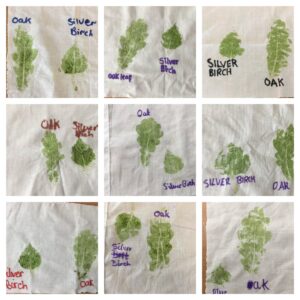
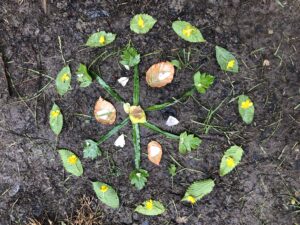
Implementation
EYFS
The different aspects of the arts are encompassed within Creative Development in the Foundation Stage Curriculum, however elements can also be found in other areas of learning (Physical development, Literacy and Mathematics). This curriculum lends itself to an integrated approach to learning. Nursery and Reception teachers plan quality learning opportunities for art using the Early Years Curriculum. There is a balance of independence and self-initiated learning, which enables foundation stage children to freely explore resources and pursue their own creative interests and talents in addition to the planned learning experience with adult directed activities.
Children have opportunities to learn to:
- Explore the textures, movement, feel and look of different media and materials
- Respond to a range of media and materials, develop their understanding of them in order to manipulate and create different effects.
- Use different media and materials to express their own ideas
- Explore colour and use for a particular purpose
- Develop skills to use simple tools and techniques competently and appropriately
- Select appropriate media and techniques and adapt their work where necessary
Key Stages 1 and 2
Staff use a variety of teaching and learning styles in art lessons relating to the theme and children’s abilities and experience. Activities are planned using the ‘Cornerstones’ topic maps which offer a variety of cross-curricular activities and taught skills. Art is also taught as stand alone lessons and linked to the Literacy curriculum where children design models or pictures which they go on to write creatively about. Our planning includes opportunities for pupils in
KS1
Pupils are taught:
- To use a range of materials creatively to design and make products
- To use drawing, painting and sculpture to develop and share their ideas, experiences and imagination
- To develop a wide range of art and design techniques in using colour, pattern, texture, line, shape, form and space
To learn about the work of a range of artists, craft makers and designers, describing differences and similarities between different practices and disciplines, and making links to their own work.
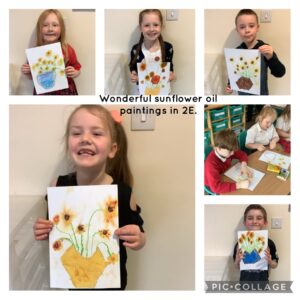
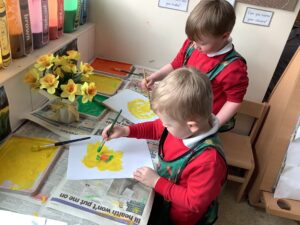
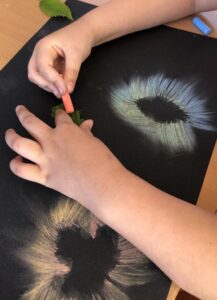
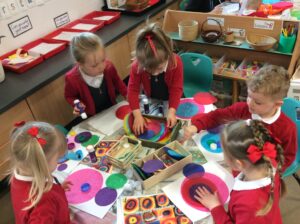
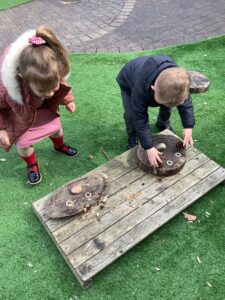
KS2
Pupils are taught:
- To create sketch books to record their observations and use them to review and revisit ideas
- To improve their mastery of art and design techniques, including drawing, painting and sculpture with a range of materials [for example, pencil, charcoal, paint, clay]
- About great artists, architects and designers in history.
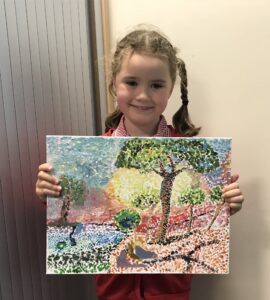
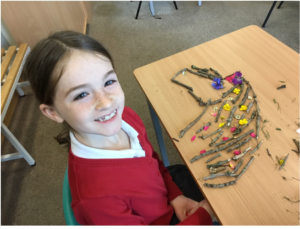
Impact
We plan carefully as a school, ensuring progression in the full range of skills needed by the children and promoting breadth and balance in their work.
Children love art at Bewley, our approach enthuses the children and leads to some really exciting art, craft and design opportunities within the overall topic-based approach. During the year, children actively take part in local art competitions, community workshops and shared school enrichment days. Our children adore seeing their art and design work on display and our extremely popular Art after School Club gives even more opportunities for children to shine. The beautiful displays and art work around school is testament to the quality of our teaching and learning experiences.
Within Art and Design, we instil an appreciation and enjoyment of the arts thereby enriching the children’s learning experience. Our
curriculum is high quality, well thought out and is planned to demonstrate progression. We focus on progression of knowledge and skills to form the units of work.
The impact of our curriculum is seen in:
- Summative assessment of pupil discussions about their learning.
- Images and videos of the children’s practical learning.
- Interviews of the pupils about their learning (pupil voice).
- Moderation in staff meetings where pupil’s books are scrutinised and there is the opportunity for a dialogue between teachers to understand their class’s work.
- Annual reporting of standards across the curriculum.
- Marking of work in books including the use of verbal feedback. ∙ Evaluations of their skills against the key performance indicators identified in the Progression of Skills document.
